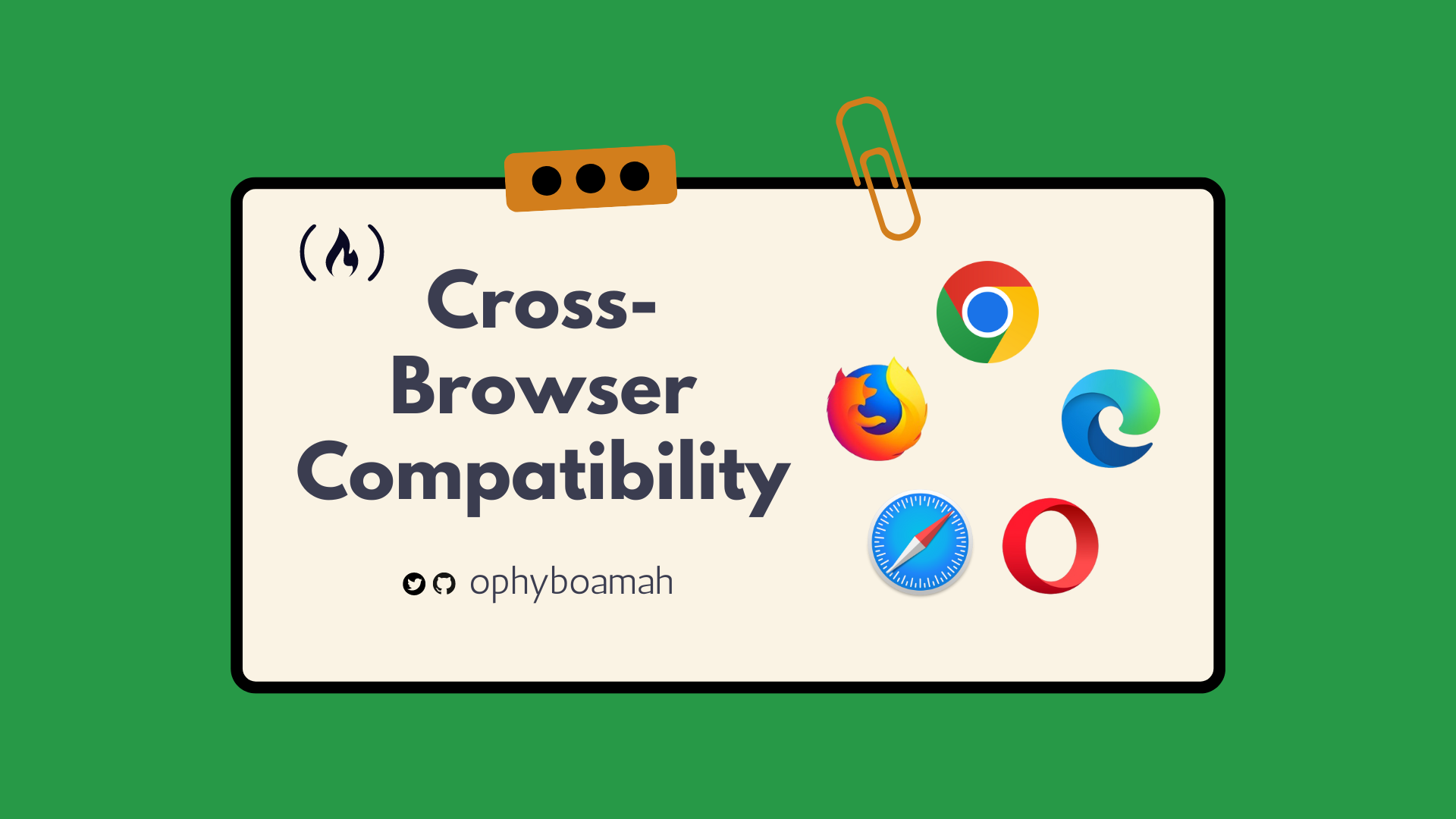Case Journeys
Exploring intriguing stories and insights from around the world.
The Browser Battle Royale: Why Compatibility is Key
Discover why browser compatibility is the secret weapon in the ultimate tech showdown! Uncover the truths now!
The Great Browser Compatibility Debate: What You Need to Know
The Great Browser Compatibility Debate has been an ongoing discussion among web developers, designers, and digital marketers for years. As the landscape of browsers continues to evolve, ensuring that websites function seamlessly across different platforms is more crucial than ever. Factors such as varying rendering engines, JavaScript support, and CSS compatibility can lead to inconsistencies in how users experience a website. This can create significant challenges, particularly when targeting a broad audience that may use any number of browsers, from Google Chrome and Mozilla Firefox to Safari and Microsoft Edge.
To navigate this complex terrain, it's important to adopt a systematic approach. Start by testing your website on multiple browsers and devices to identify compatibility issues. Incorporate responsive design principles to ensure functionality on various screen sizes, and utilize feature detection libraries such as Modernizr when implementing advanced features. Additionally, consider adopting polyfills to bridge the gap for older browsers, ensuring that your site remains accessible. By staying informed and proactive, you can effectively tackle the challenges posed by the Great Browser Compatibility Debate and deliver a consistent user experience across the board.

How Browser Compatibility Affects Your Website's User Experience
Browser compatibility plays a crucial role in determining the overall user experience of your website. When users visit your site from different browsers—such as Chrome, Firefox, Safari, or Edge—they expect a seamless and consistent experience. However, discrepancies in how these browsers render HTML, CSS, and JavaScript can lead to various issues, including distorted layouts, broken functionality, and slow loading times. For instance, a website that looks perfect on one browser may appear unresponsive or chaotic on another, causing users to become frustrated and potentially abandon your site altogether.
To mitigate these issues, it's essential to conduct thorough cross-browser testing during the development phase of your website. You can utilize tools and services that allow you to view your site on different browsers and devices, ensuring that elements like navigation menus, responsive design, and interactive features function as intended. Prioritizing browser compatibility not only enhances the user experience but also helps improve your site's SEO ranking, as search engines favor sites that offer a broader reach and optimal performance across various platforms.
Top Tips for Ensuring Compatibility Across All Major Browsers
Ensuring compatibility across all major browsers is essential for providing a seamless user experience. Start by adopting web standards and best practices; using HTML5 and CSS3 helps maintain consistency across different platforms. It's also important to utilize responsive design techniques to ensure that your site looks great on any device. Regularly test your website on various browsers including Chrome, Firefox, Safari, and Edge to identify and address any compatibility issues early on.
Another effective strategy is to employ feature detection instead of browser detection with tools like Modernizr. This approach allows you to check if a feature is supported, and provide fallbacks as needed. Additionally, leveraging polyfills can fill in gaps for unsupported features in older browsers. Finally, always keep your CSS and JavaScript code clean and well-commented to simplify debugging and enhance compatibility efforts.